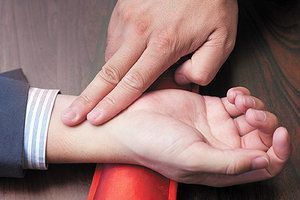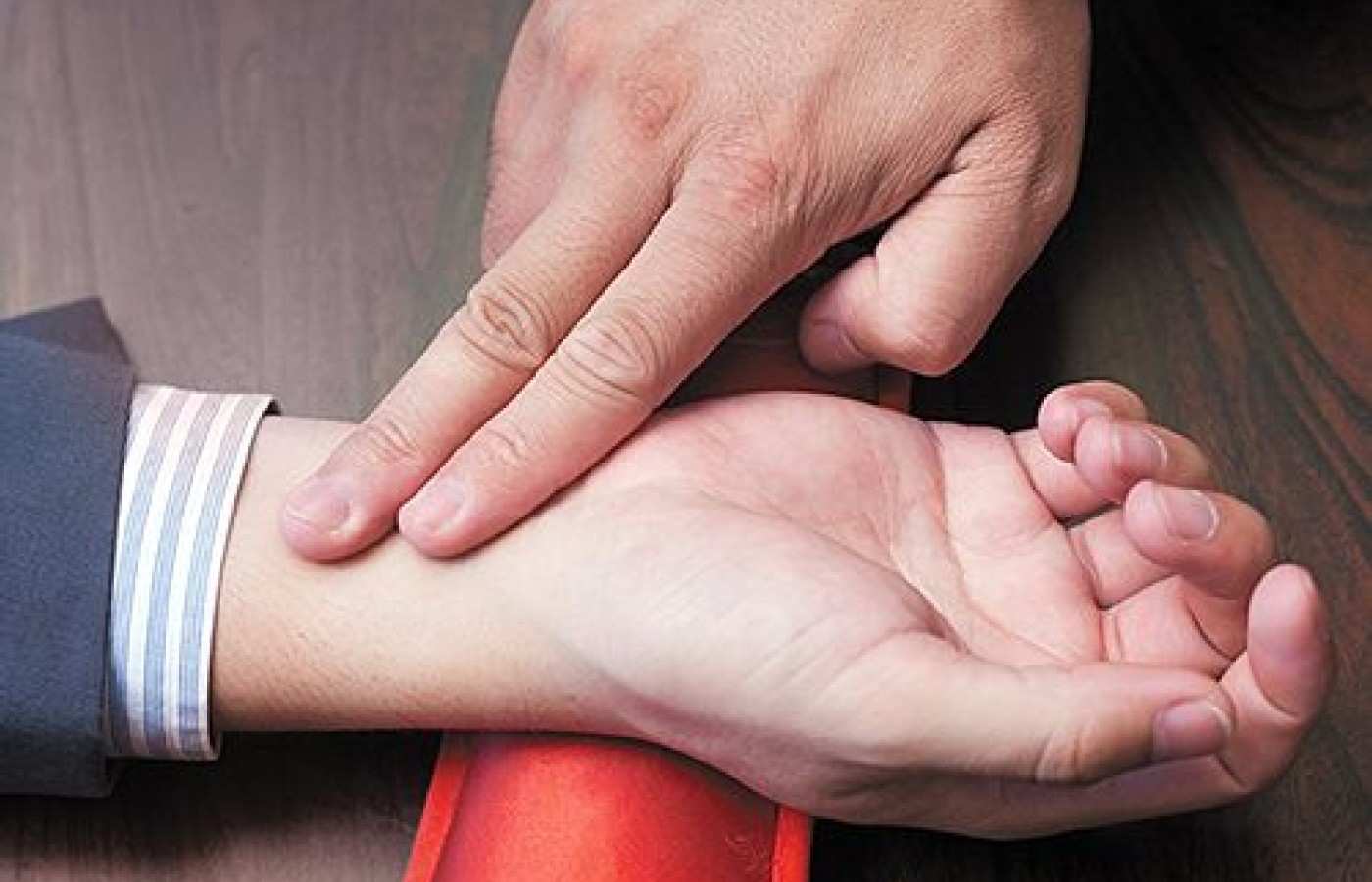Whether you accept it, avoid it or live somewhere in between, insurance coverage has become a defining issue for our profession. Patients increasingly expect to use their benefits, practitioners want to be compensated fairly for their time and expertise, and the system itself remains – at best – fragmented. The encouraging news is that coverage has expanded in meaningful ways. The challenging news is that reimbursement, across the board, remains inadequate.
Pulse Diagnosis: What We Know
I am still finding pearls of wisdom from the books and papers that I inherited from my pulse diagnosis mentor Jim Ramholz. Today I found a crusty book among said materials called Diagnostics of Traditional Chinese Medicine published by the Shanghai College of Traditional Chinese Medicine. They point to the fact that the heart pumps blood through the arteries reaching the wrist that is the common location to feel the pulses. They go on to say that the pulse condition or sensation that we feel is the result of the "combined functions of the zang and fu organs. In order for this to be true, the blood circulation must be coordinated, in addition to the control or functions of the heart, "with other viscera such as distribution of the lung qi and the function of the spleen qi to keep blood flowing in the vessels," which then contribute to regulating function of the liver, kidneys, and the "pushing function of the pectoral qi." Based on this thinking, the practitioner can determine the nature and location of a disease and the strength of the vital qi and pathogens respectively. The pulses will also guide the treatment and allow the practitioner to offer a prognosis.
I have always used the pulses to look at the body and not just the organs, organ systems, meridians, etc. I use them to look at the physical body too. It was interesting to see the authors describe the pulses that way also. They talk about universal palpation or taking the pulse on three parts of the body (head, upper limbs, lower limbs) and then dividing each of those readings into upper, middle, and lower leading to reading three portions and nine pulses. A second method is to take the carotid artery pulse (renying), radial artery pulse (cunkou), and the pulse at the dorsal artery of the foot (fuyang). And then there is the way the pulses are commonly taken today, on the radial artery and divided into cun, guan, and qi. Here is how they describe what we feel at each position:
- Left cun: heart and shan-zhong
- Right cun: lung and chest
- Left guan: liver and gallbladder
- Right guan: spleen and stomach
- Both left and right qi: kidney and lower abdomen.

The descriptions are replete with threes. In dynamic patterns: The Self-Organization of Brain and Behavior by J.A. Scott Kelso says that a "minimum of three levels (the task or goal level as a special kind of boundary constraint, collective variable level, and component level) is required to provide a complete understanding of any single level of description. Patterns at all levels are governed by the dynamics of collective variables. In this sense, no single level is any more important or fundamental than any other."
So looking at pulses from three levels is a minimal – the bare minimum – of complexity. And we find this idea of three-fold symmetry in Chinese medicine elsewhere. There are the trigrams of the I Ching, the three jiaos of the body, the three levels qi, blood, and organ and we can find complex patterns in the pulses using just these three levels (in combination with the organs, channels, emotions). In the pulses, just like in biological systems, one level (the upper level of the pulses) interacts with the environment, a middle level involves the dynamics and maintenance of homeostasis, and the third (deep) level consists of the physical constitution of the organism. Some examples in humans of these levels are gestures and words for the first level; blood sugar, electrolyte balance, and lung capacity for the second level; and the chemical composition of bone or how one molecule's geometry fits like a key into a lock with another molecule at the third level. We can see that properties of the system as a whole emerge from the interaction of all three levels, as opposed to viewing the action of the parts as being imposed by a dominant central source.
Here is an example of why we must consider all of the levels. A woman comes in for treatment for her painful, stiff neck. She had recently had a Caesarian section birth and also actually spent some time in the hospital with the neck symptoms but they couldn't find anything wrong.
Her neck was a mess - it was super tight, tender to the touch especially on trigger points, etc. However, her heart/SI pulse position (left distal) was pretty empty. In my system, I would have drawn a downward arrow in that space. Those two things didn't necessarily go together. Tight, inflamed, congested areas of the body would lead one to expect to feel some wiry, tight, taut, congested movements in the pulses. But, as I tell my students all the time, "you must suspend disbelief and be open to what you are feeling." Think about her general health: she just had a baby, well, grew a baby first (using a ton of vital qi and body fluids); had to have a surgery to deliver the baby (another hit to the general health and vital energies); and then had the home life without proper rest that newborn parents experience. All this led to severe depletion of qi that wasn't able to flow throughout the channels, in this case specifically the SI channel. There is a branch of the SI channel in the uterus that then ascends to the neck area. This means that part of the disconnect between the lower branch of the channel and the upper branch(es) was caused by the surgery. Therefore, it makes perfect sense that her neck muscles would be tight and knotted. It further makes sense that, as I preach continuously, you cannot treat only the symptom!
Acupuncture works to treat symptoms, but only temporarily. This woman needed the blockages/tightness released and then she was in desperate need of tonification to provide qi and blood flow. This, in my opinion, is the biggest issue with needling being performed to release blockages/knots/stagnation without adequate training in TCM. Results may only be temporary and then people say that acupuncture "doesn't work" because the treatment was not complete.
Jim told me that to say just simply "yin" or "yang" as what you are feeling in the pulses is not enough. We must think of our patients in a much broader context because we are trying to describe the pulses of a living person with all their emotions and physical characteristics and symptoms in what we feel under our fingers. Quantum mechanics string theory uses 11 dimensions; we have more than twice that! Be open to feeling it.



